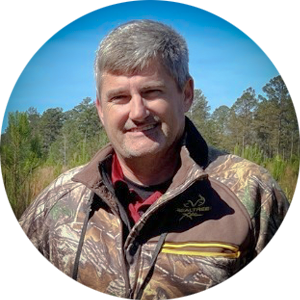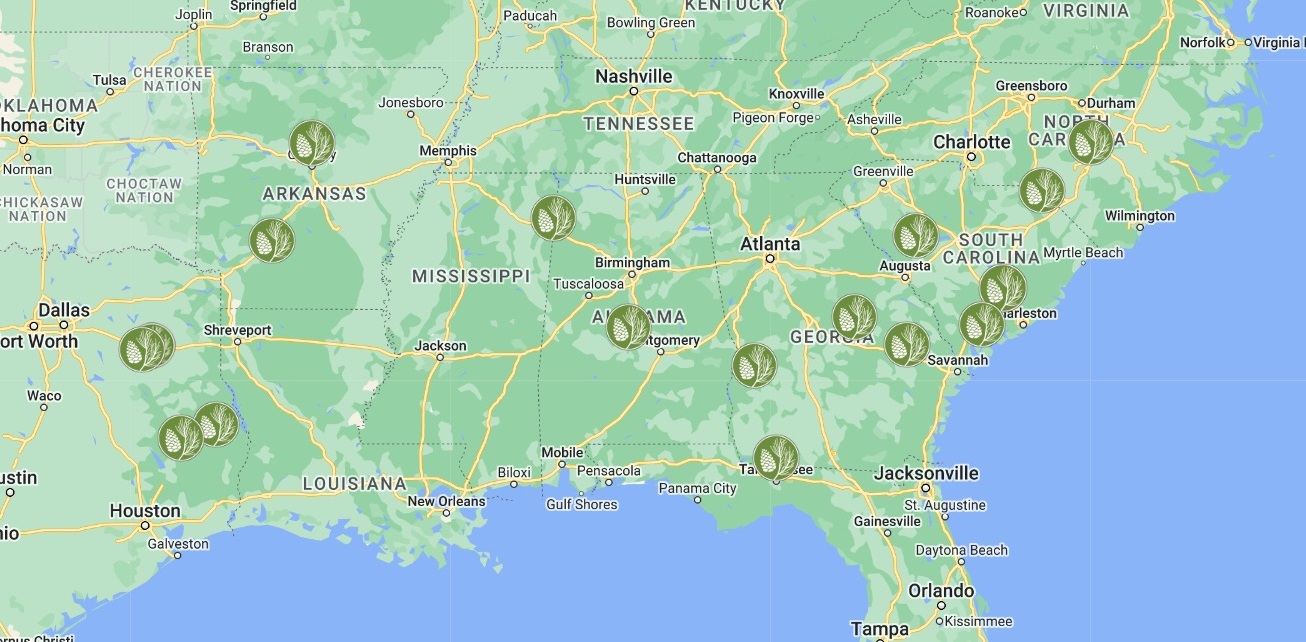
Authored by Paul Jeffreys Ph.D.
Paul Jeffreys is the Reforestation Advisor for Alabama and Northern Mississippi. He is also the manager of Special Projects and Sustainability.
Paul has been a valuable member of the ArborGen Reforestation Team for over ten years. Paul’s career path was straightforward, with a PhD in forestry and being a timberland owner in Alabama.
If you’ve ever planted seedlings—or had them planted—you’ve probably been concerned about their appearance shortly afterward. Yellowing or browning of needles for a month or two post-planting is common and usually shouldn’t be a cause for alarm. This is a typical response from seedlings after being lifted and replanted in what I like to call their “final resting place.”
This condition is known as transplant shock, a term used to describe the impact on seedlings when they’re moved from a nursery bed to a more exposed planting site. It’s a common occurrence for both hand- and machine-planted southern pines.
The causes of transplant shock can be attributed to multiple factors, ranging from minor to severe. Let’s take a look at all the events that unfold during a bareroot seedling’s first year of life.
In early spring, nurseries are busy planting the seeds that will grow into the seedlings used for reforestation. These seeds are sown into carefully prepared seedbeds and are watered and fertilized as needed. As the young germinates grow, they’re protected by the surrounding seedlings, which shield them from strong winds and late-season cold fronts.
By the end of that first growing season, you have a healthy, thriving seedling that has spent its first year in what can only be described as a horticultural utopia. Then, in the fall, the seedlings are lifted from this nurturing environment, packed in bags or boxes, and stored in large coolers to maintain a constant temperature.
Depending on planting method, weather conditions, and planter availability, a seedling may remain in storage for several weeks before being removed from its bag and planted in a new environment. In this new location, the seedling is unprotected—exposed to wind, heavy rain, and potential animal damage. This is when transplant shock is most noticeable.
Let’s face it—if all of that had happened to you during your first year of life, you’d probably be a little shocked too.
Fortunately, there are steps you can take to minimize the effects of transplant shock:
- Minimize storage time between lifting and planting.
- Store seedlings in a temperature-controlled environment, such as a refrigerated van or cooler.
- Plant when there is adequate soil moisture.
- Minimize exposure to wind and air during planting.
- Ensure planters handle seedlings with care.
- Plant seedlings deeper than the root collar.
- Make sure the planting hole is fully closed and tightly packed.
- Avoid planting immediately before or during a freeze.
Once spring—or warmer weather—arrives, the seedling will begin establishing roots and growing into a merchantable tree. Signs of transplant shock should gradually fade.
Transplant shock may or may not be serious, but following most or all of these guidelines will help ensure the successful establishment of your new forest. If you have questions or concerns about the appearance of your seedlings, please contact your ArborGen Reforestation Advisor for assistance.

















